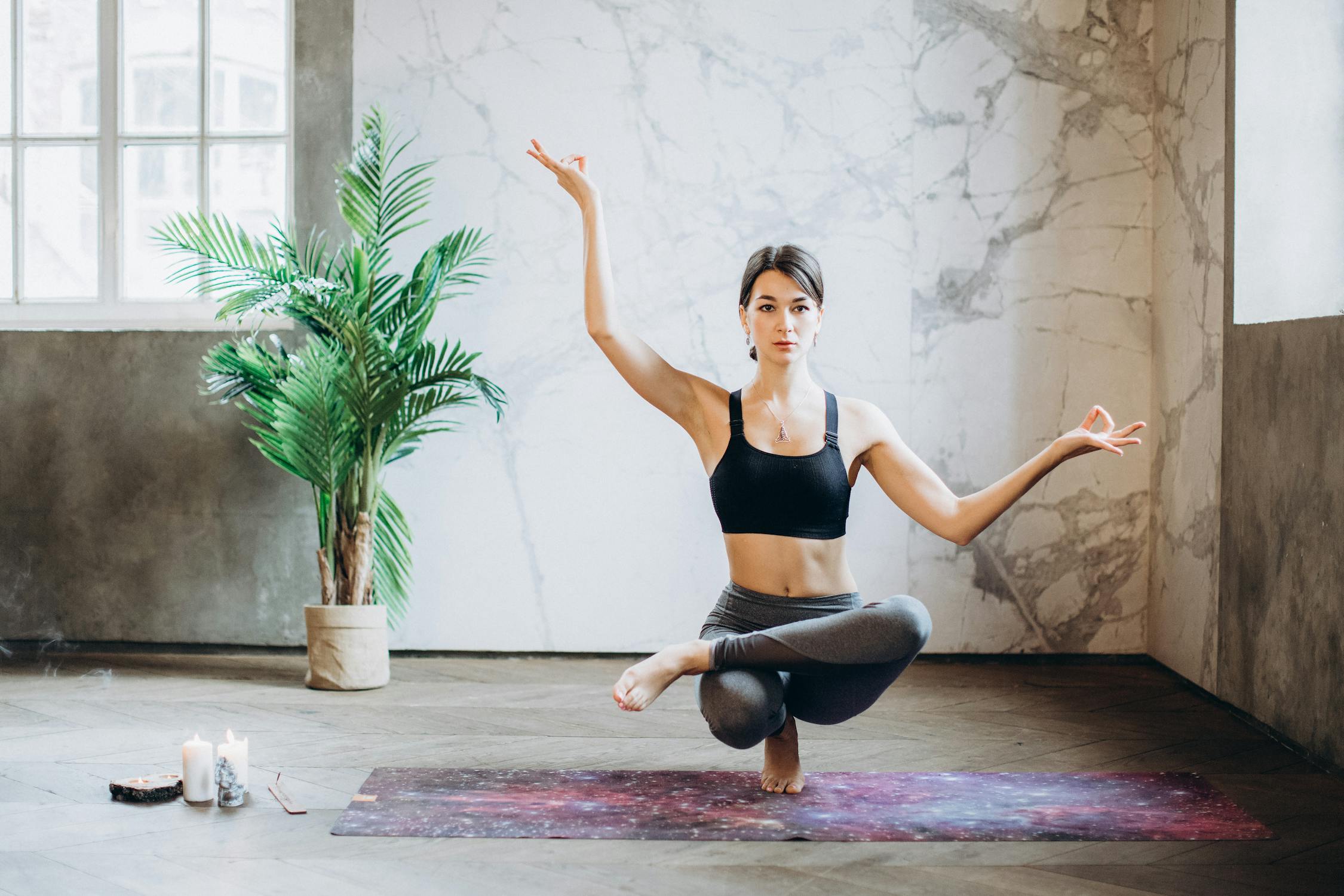Finding Balance: How Yoga Enhances the Art of Slacklining
Slacklining, the art of balancing on a narrow, flexible webbing suspended between two points, has gained immense popularity as an exhilarating yet meditative outdoor activity. While slacklining requires focus, stability, and core strength, practitioners can significantly enhance their skills and learning process through the practice of yoga. This ancient discipline intertwines seamlessly with the fundamentals of slacklining, providing a holistic approach to both physical and mental aspects of the sport. In this article, we explore how yoga complements the art of slacklining, fostering balance, flexibility, and mindfulness for a truly harmonious experience.
Building Core Strength and Stability
Slacklining demands exceptional core strength and stability, as practitioners engage their abdominal and lower back muscles to maintain balance. Yoga, with its myriad of core-focused asanas (poses), targets these muscle groups, helping slackliners develop a strong and steady foundation. Poses like Plank, Boat, and Warrior III encourage the engagement of core muscles, transferring the strength gained on the yoga mat to the slackline.
Enhancing Balance and Proprioception
Yoga is renowned for improving balance and proprioception - the body's sense of spatial orientation and movement. Slacklining requires heightened proprioception, as practitioners must constantly adjust their body position to stay centered on the line. By incorporating one-legged yoga poses like Tree Pose and Eagle Pose, slackliners enhance their sense of balance and body awareness, translating these skills to the slackline with increased precision.
Fostering Flexibility and Range of Motion
Flexibility is paramount in slacklining, as practitioners often need to perform dynamic movements to maintain equilibrium. Yoga's emphasis on stretching and elongating muscles contributes to improved flexibility, allowing slackliners to move with fluidity and ease. Poses such as Downward Dog, Pigeon Pose, and Cobra open up the hips, hamstrings, and shoulders, ultimately enhancing the body's range of motion for better slacklining performance.
Developing Breath Control and Focus
Slacklining requires a calm and focused mind, especially when attempting more challenging maneuvers. Yoga places significant emphasis on breath control, using pranayama techniques to synchronize breath and movement. By learning to control their breath on the yoga mat, practitioners can apply this skill to the slackline, fostering mental clarity, and increasing focus during their sessions.
Cultivating Patience and Mindfulness
Yoga is not merely a physical practice; it also embraces mindfulness and self-awareness. Slacklining often demands perseverance and patience, especially when learning new tricks or techniques. Through the meditative aspects of yoga, practitioners develop a sense of self-acceptance and compassion, embracing the learning process with grace and understanding.
Injury Prevention and Rehabilitation
Yoga's emphasis on alignment and body awareness can significantly contribute to injury prevention in slacklining. Proper alignment and body mechanics learned on the yoga mat translate to better form and technique on the slackline, reducing the risk of strain and injury. Additionally, yoga can be a valuable tool for rehabilitation should any minor injuries occur during slacklining practice.
Enhancing Mind-Body Connection
Both yoga and slacklining share the common goal of strengthening the mind-body connection. The meditative nature of yoga encourages practitioners to be fully present in the moment, focusing on breath and sensations within the body. This heightened awareness seamlessly transfers to slacklining, where a strong mind-body connection is essential for maintaining balance and control.
Overcoming Mental Barriers
Slacklining, like yoga, is a practice of pushing personal boundaries and embracing challenges. The mental resilience cultivated through yoga can empower slackliners to conquer self-doubt and fear on the line. By learning to stay centered and composed during difficult poses on the yoga mat, practitioners can carry this resilience onto the slackline, mastering seemingly daunting feats with confidence.
Yoga and slacklining are parallel paths leading to self-discovery, inner strength, and harmonious balance. The practice of yoga complements the art of slacklining by enhancing core strength, balance, flexibility, and mindfulness. By incorporating yoga into their training routine, slackliners can unlock a deeper connection between their mind and body, elevating their abilities on the line. The marriage of yoga and slacklining brings about a transformative journey - a dance of movement and breath that celebrates the art of finding balance, both on the slackline and within oneself.

